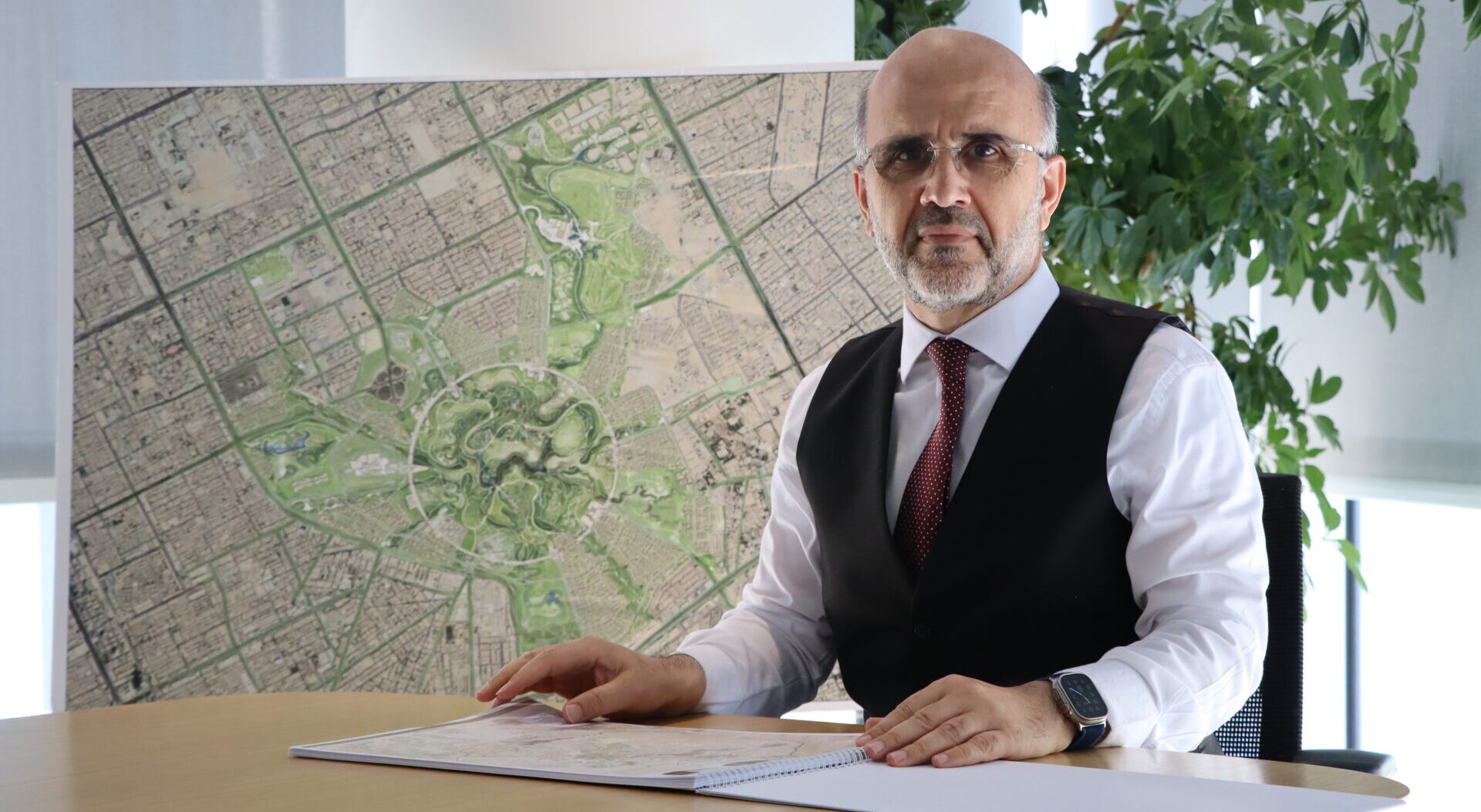 Virtual Reality Modeling.
Photo © Gorodenkoff via ShutterStock
Virtual Reality Modeling.
Photo © Gorodenkoff via ShutterStock .
With the integration of Augmented Reality (AR) and Virtual Reality (VR) technology, companies are starting to see the benefits of transitioning to a partially remote office operation that won’t hinder company culture and cross-team collaboration.
When companies were forced to shut their physical offices in 2020, both employers and employees showed resilience in tackling the challenge of remote work in the midst of a global pandemic. If there’s one thing that became certain in the process, it’s the realization that work settings were more adaptable than previously imagined.
But what about team collaboration? With the implementation of AR and VR technologies, employers are beginning to see the positive impact that these tools bring while reducing the need for full-time, in-person offices. While these technologies are still relatively new, they are already beginning to prove their impact in supporting workplace culture and interpersonal collaboration.
More Effective Meetings, Workshops, and Training Sessions
While remote workers are able to participate in meetings via phone or video calls, there is always the missing element of human connection. Tech companies, like MeetingVR, as well as Microsoft, Meta, and countless others, are working to change that. By creating realistic settings that teams can join remotely, the in-person collaboration aspect is brought back into the process. This can be a helpful tool through the many stages of project development, from something as simple as creating a collaborative to-do list, to the full execution of a presentation.
Augmented Reality Technology is Improving Workplace Efficiency
Augmented Reality (AR) is described as the process of superimposing digitally generated information over real-world elements. This is an important advancement in technology that can help increase efficiency by reducing the need for physical documents while still allowing teams to communicate and share information. Through the use of AR technology, teams will be able to communicate and collaborate more efficiently without needing to be physically present, while still benefiting from the collaborative aspect of co-existing within the same (virtual) space.
Virtual Reality Tech Improves Remote Onboarding Processes for New Employees
Undoubtedly, one of the toughest aspects of having a team working in a fully remote setting is that they’re not able to form relationships with new employees. This hinders productivity for both the new employee as well as their leaders if the only tools available to them are standard communication methods like phone calls and instant messaging. Virtual Reality (VR) technology simulates environments for people in different physical locations to tap into simultaneously. Through the use of simulated environments, communicating work practices gets a lot easier. Employees no longer have to try to explain step-by-step instructions over the phone; instead, they can show rather than tell.
Talent Acquisition and Recruiting Practices are Evolving
Until now, the most common way to interview a potential candidate is through phone and in-person screenings. Through the use of VR, the interview experience can be leveled up to include real-life simulations of what the job opening entails, and the work the firm performs. From the employer’s perspective, they could place candidates into “what-if” scenarios to see exactly how the prospective candidate would approach situations that they would likely encounter while filling the role.
Improved Data Management Strategies
Having a clear grasp of data and information pertinent to a company is the basis for organizational success. With the use of AR and VR technology, companies can benefit from reduced user errors as they employ artificial intelligence capabilities, and gain better control over their data management strategies. Employees are also able to collaborate efficiently as they work with standardized information that all comes from the same source.
In conclusion, AR and VR tech have emerged as promising tools to promote collaboration among team members. While their capabilities have come a long way in a short span of time, a world of options and possibilities remain untapped. As these technologies continue to be developed in the future, teams will continue to benefit from newfound capabilities and improved performance. Seamless collaboration for team members working remotely has never been easier, and the future that lies ahead is even more promising through the use of these technological advancements.
Microsoft CEO Satya Nadella announces the company’s plans to enter the Metaverse and how Teams will play an integral role.
Omrania, a renowned architecture firm, has established a reputation for excellence in blending aesthetic and functional design, setting a benchmark for architecture firms in Riyadh, Saudi Arabia.







